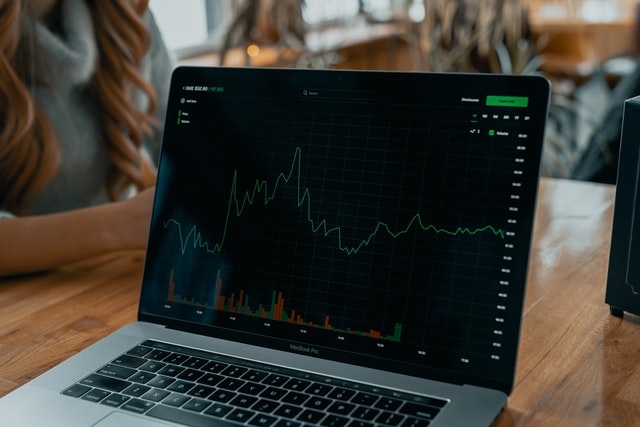The global economic situation has been heavily and uniquely impacted by an unprecedented pandemic and the resulting fallout. In the United States, this blend of unusual activity has created the perfect conditions for a major recession. For a nation that has been arguably strong, or at least adept at keeping citizens secure in that belief, simply the mention of a recession stirs up feelings of anxiety and fear.
Most economic experts have predicted an ongoing recession that will erupt in the second half of 2022 and continue into the second quarter of 2023. Current conditions such as shortages of staple products and increased inflation lend support to the recession rumors. On the other hand, much of the same predictive data points in a slightly less dreary direction. While a recession is likely to ensue, it will probably be unlike any other economic setback Americans have encountered before.
Interest Rates
Headlines across the world financial markets continually speak to the likelihood of a coming recession. In June, Chairman Jerome Powell increased the Fed rate by 75 basis points. The current range of 1.5%-1.75% is a considerable change after a long stretch of historically low rates. There was also a vague mention of further movement in the near future and an eventual reduction by the middle of 2023. Predictably, news of the rate hike shook stock markets and created several days of volatility and high volume trading.
The positive side of the increased trading activity is the reality that many companies held their ground and thousands of investors remained unmoved by a potential recession in the forecast. Cryptocurrencies remained strong, as did large-cap companies and many recent IPOs. As the global financial market becomes more accessible and investors more educated, the interest rate ebbs and flows are less of a driving factor in trading decisions.
Unemployment Rates
Major industries have been hit hard by supply chain issues and manufacturing halts due to the residual effects of COVID-19. Automobile, appliance, and electronic equipment makers have been forced to close down production lines due to lack of necessary components. Current loss of profits and uncertainty regarding future viability have created unrest with employees and investors alike. Despite some major hits, the overall unemployment rate has not risen above four percent since economic recovery initiatives began a few years ago in response to mandatory closures and social distancing enforcement actions.
The Great Resignation may have been an unexpected aftereffect of the pandemic, but it certainly ignited the entrepreneurial spirit. Countless individuals, by force or by choice, turned to their own ingenuity and started businesses using their own learned skill sets and inherent traits.
The long term outcome of this mass exodus from the workforce remains to be seen, but will definitely create an even wider gap in the Social Security benefits available for future generations. The immediate future appears bright for the unemployment rates and the availability of jobs for people who still want them.
Consumer Price Index
Consumer spending has not been heavily swayed by rumors of recession or the recent rise in gas and diesel prices. Despite the low unemployment rates and stable consumer spending, a recession is still inevitable.
Some characteristics, like higher than average inflation and flat wages will be familiar to many who have witnessed previous recession activity. Government reaction and market fluctuation, especially within the real estate industry, will likely be new and unfamiliar. Compared to the 2008 recession, the coming months will be milder and less erratic. Investor behavior will have a greater impact in the economy than corporate influence and shifting interest rates.

